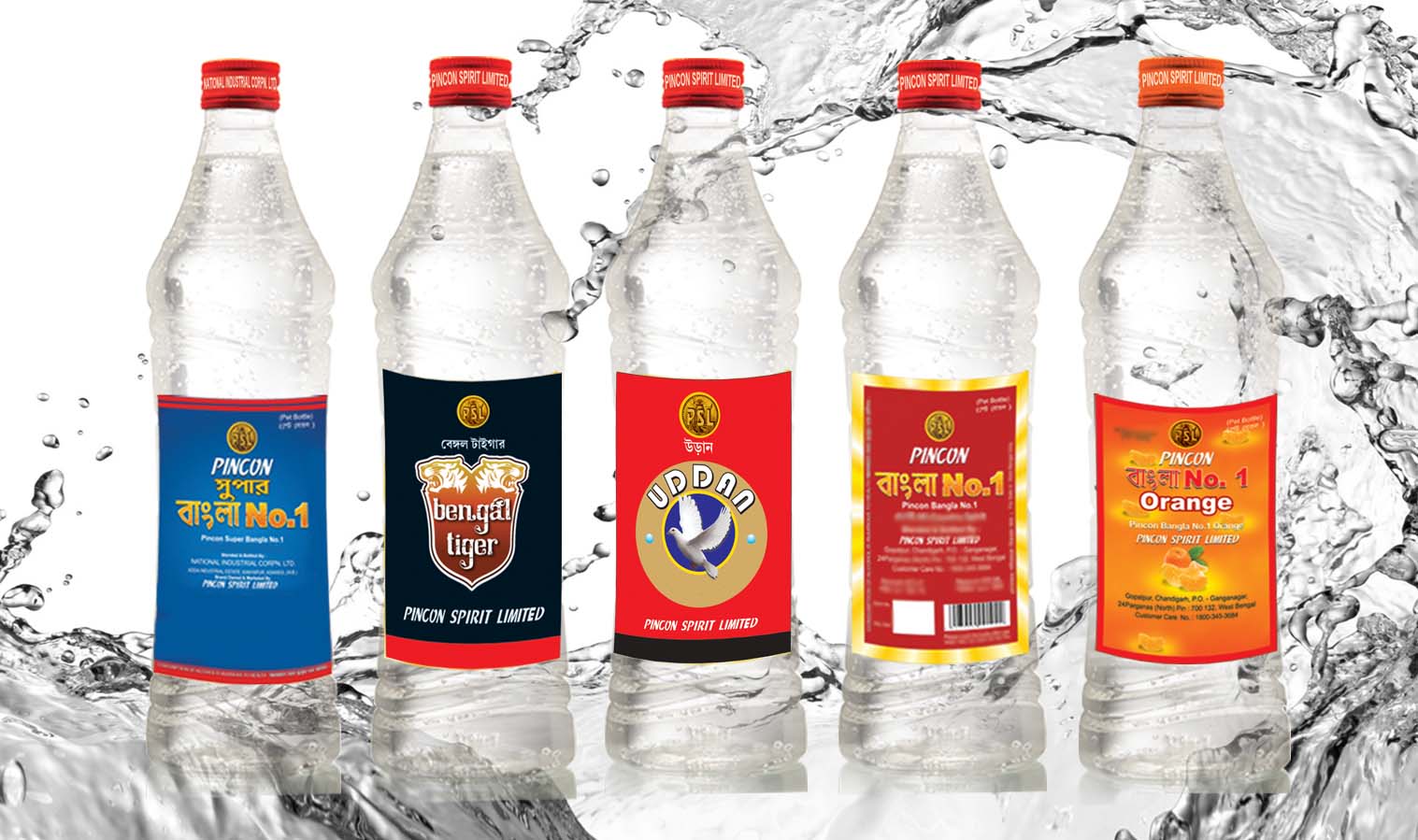 News of deaths brought about by the consumption of illicitly distilled liquor grabs the headlines with regular monotony. They shock, overwhelm and then fade away, only to break again, to claim their next round of victims, giving rise to a number of questions. What perpetrates this cycle? What are the economic reasons behind this? More importantly, how or why do these illegal “distilleries” operate, when the risks are so palpably obvious?
News of deaths brought about by the consumption of illicitly distilled liquor grabs the headlines with regular monotony. They shock, overwhelm and then fade away, only to break again, to claim their next round of victims, giving rise to a number of questions. What perpetrates this cycle? What are the economic reasons behind this? More importantly, how or why do these illegal “distilleries” operate, when the risks are so palpably obvious?
But first, let’s clear the basics out. As Nobel laureate, economist Gary Becker has argued, there’s nothing intrinsically irrational, whether to the rich or the poor, about things like drinking or smoking which carry harmful consequences.
Now the fundamentals: legally available (read tax paid) liquor is priced way beyond the means of the poorest in India. Typical moonshine (read Choilai / Pouch) costs about INR 10 for half a liter, whereas legitimate country liquor (Bangla for the uninitiated) would cost INR 50 and India made foreign liquor much more. Naturally, for those among the poorest of the poor the choice for a tipple is clear – risks on the downside be damned.
But why are the taxes so high? Here too the answer is simple – demand for booze being inelastic the authorities find it to be a legitimate source of revenues, choosing to milch the proverbial cow. Add to it the stated objective of welfare of the state, and the imposition of such “sin taxes”, also get the justifications they deserve. Besides, the market for sugar Molasses – from which ethanol is derived and from which, in turn, IMFL is brewed in India is highly regulated with various vested interests (read sugar lobby, for example) exerting their influences at play. This too ensures the artificial, even unfair and unjust pricing of alcohol in the country.
Take the case of West Bengal for example. A 180 ml bottle, which is no more than a one shot of liquor, went up from INR 55 before the latest round of tax increase to INR 80. Industry sources point out that of this a whopping INR 60, or 75%, goes to the government as tax. The point to be noted here is interesting – with demand being inelastic, do consumers withhold their consumption following a price rise? The answer too is interesting in its simplicity. No they don’t. They just shift to the illegally brewed stuff that is ubiquitous.

The result off course is more health complications, even deaths. Which, effectively means, that the higher the price (read taxes) of India Made Indian Liquor (IMIL), the higher will be the load on Government facilities like Hospitals. There being a direct correlation between tax burden on IMIL and hospital admissions brought about by the consumption of spurious liquor. A correlation, that should be taken into consideration before the taxes are tinkered with, for, isn’t this a clear case of the Government paying for its own taxes? But then again, while all the concerned accepted the veracity of the argument in theory, no one – neither the health department babus nor the ones from the excise arm – could confirm about such an exercise ever having taken place.
Similar is the case with the policing of illegal liquor – hooch dens, if you may. Illegal distillation is all about stealing the Government’s revenues. Naturally, the money they generate goes straight into the parallel, black economy, which feeds and sustains crime apart from being the prime mover of a variety of anti-social activities. Physical policing is not the solution considering the small scale of the operations, sheer numbers and the ability of new shacks springing up, like the phoenix, from the ashes of police action. What then is the solution?
The answer too can be found in pure economics. If the Government reduces the duty, it can easily offset the amount of revenue that will be lost by such action by widening the tax base, as lower price will tempt consumers to shift from the illegal to the legal. Such a shift will have its obviously have its impact on the illegal distilling operations, thereby impacting the crime scene as well, which in turn will help the police forces to concentrate on more immediate needs. And in the long term, stress on the health facilities will also be reduced as consumption of properly distilled alcohol will be far less hazardous than the consumption of their cousins from the dark side.
Monoranjan Roy, the young and dynamic CMD of the BSE and NSE listed Pincon Spirits Limited smiles with contentment when I face him with the facts: “it is precisely for these underlying reasons that we have introduced so many of our brands to the market, especially in the price points where they are offered, both in the IMFL and IMIL segments”. Known to have played the role of a disruptor in market, Roy has reasons to smile that smile of contentment – his brands are not only growing at a frenetic pace, but are also serious contenders for the top slots in the segments they are in. As a matter of fact, he is credited with creating the entire genre for branded Bangla (country) liquor in the state, where the real action is taking place.
“Besides” continues Roy, “a shift from the illegal varieties of alcohol to the legal, tax paid tipple will ensure the setting up of new distilleries, which in effect means fresh, new investment in the industry starved state, employment generation and ancillaries”.
Ill raise my glass to that.
Cheers!

Nice wrap up Mr. Ganguly. Truly speaking, this hooch thing has been a social problem for ever since and as you rightly said, it can be only be solved through providing the better product at a comparatively similar price point.
Nice read…
Thanks.